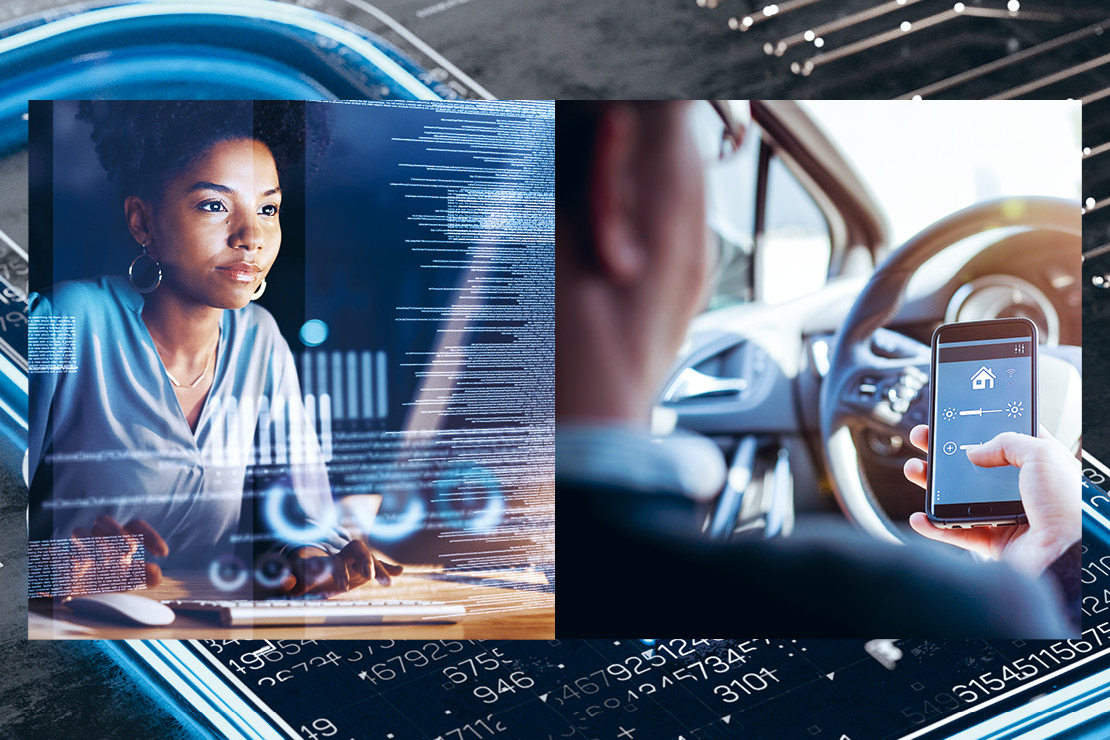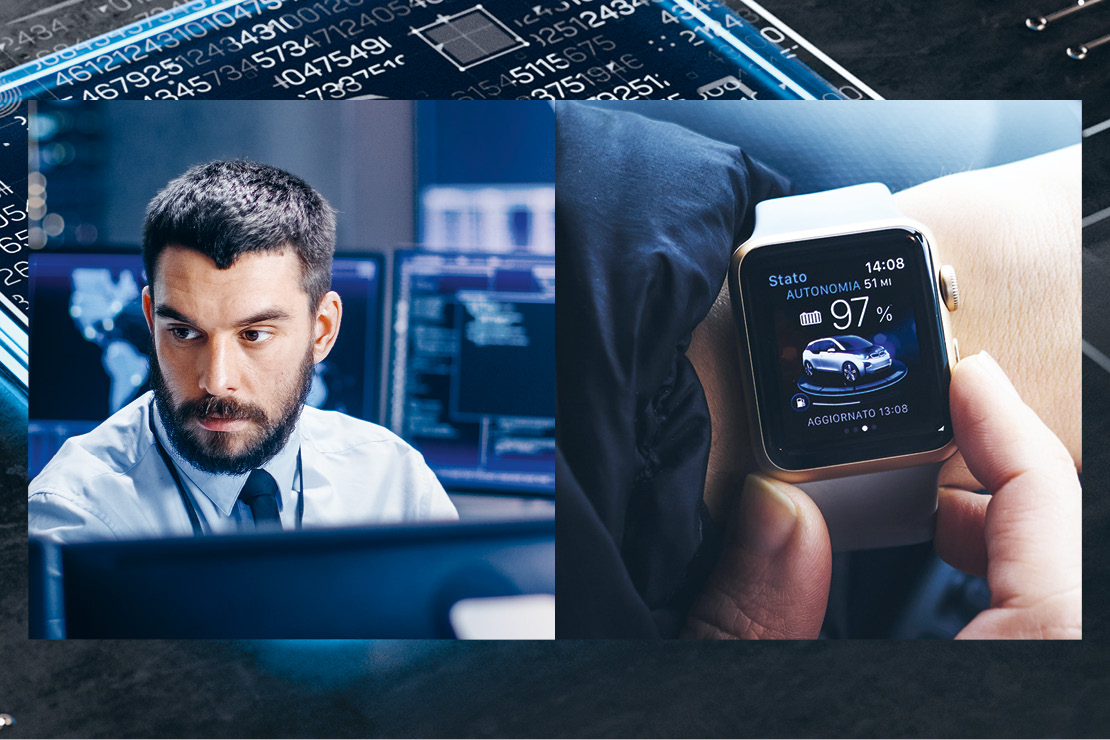
Cybersecurity challenges in the automotive industry
VP Central EMEA, Palo Alto Networks
In the automotive industry, cyber risks are increasing at all stages, from when the car is made to when it is driven on the road. Connectivity and new technologies are transforming the manufacturing process and the vehicles that roll off the assembly line, but while the benefits to manufacturers and customers are significant, so is the increase in risk from cyber threats.
Today, as the threat landscape expands and cyber attacks become more sophisticated, the risks for automotive companies and their suppliers are increasing, particularly given the potential financial damage resulting from production interruptions. In addition, with all aspects of the car connected, there are risks to customers, particularly when we rely on connected technologies for safety features, autonomous driving, telematics, and monitoring of components.
Software and technology now define the manufacturing process and the customer experience with their cars. Given how attractive the automotive industry and cars are to cyber criminals, cybersecurity is not only a critical enabler of digital transformation of the industry but also essential for building and maintaining trust with customers and ensuring adherence to safety and regulatory requirements.
Targeting supply chains and OT infrastructures
The unstable geopolitical environment means cyber attackers, including state actors, increasingly target supply chains and operational infrastructure. However, the automotive industry still faces many internal challenges, especially in industrial environments.
The shift to the cloud has also expanded the cyber attack surface to include third-party providers. Through compromised admin access, attackers can take control of entire cloud resources. The loss of sensitive data, whether in the cloud or on-premises, can result in the loss of critical data and in reputational damage or even fines from regulators.
At the same time, compliance requirements such as TISAX or UNECE WP.29 are increasing. Meeting the increased requirements with an incompatible mix of selective solutions and limited resources is becoming more challenging.
Rethinking Zero Trust: ZTNA 2.0
In the automotive industry, the attack surface will continue to expand, particularly as telematics, 5G, and autonomous vehicles become mainstream and accelerate the transformation of cars and the industry.
Manufacturers need to prepare for a broad set of scenarios, including that malware could be transferred to the car with over-the-air updates, exploitation of the electric vehicle (EV) charging infrastructure, and successful attacks on new services and applications as a result of API vulnerabilities.
The solution is implementing a Zero Trust strategy across the organization that combines technology, process, and policies to eliminate implicit trust and continuously validate every digital interaction.
Similar to the software industry since the 2000s, the trend in the automotive sector is towards agile and DevOps. Agile stands for an iterative approach to project management and software development, while DevOps aims to create a culture of collaboration between software development and IT operations. It is also essential to drive a cultural change in organizations to move from a reactive to a proactive approach to security.
Zero Trust or ZTNA (Zero Trust Network Access) is the guiding principle here, but the focus so far has been on point solutions. What is needed today is a new approach to ZTNA, built from the ground up for modern applications, today’s threats, and hybrid working. ZTNA 2.0 represents the actual application of the principle of least privileged access under this new framework. Equally important is continuous trust assessment based on user activity, behavior and enterprise-wide context, and security inspection to effectively protect any application and any data anywhere.
Consolidation and the use of artificial intelligence are indispensable
Given the scale of the challenge facing security teams and the limited resources available to them, simplifying their security architecture and effectively using automation and artificial intelligence is critical to protecting their operations and customers in the future.
By taking an integrated platform approach to security, where artificial intelligence and machine learning are embedded in the solution, massive amounts of data can be analyzed for a richer understanding of network and application performance. The network becomes smarter, and the combination of automation, machine learning and artificial intelligence means the network can monitor, analyze, correct and adjust with minimal human intervention.
A platform approach, similar to the approach used for automotive manufacturing operations, will also help organizations standardize security controls and give them the ability to manage them across connectivity domains. These include segmentation, intrusion prevention, malware protection, data loss prevention and behavioral analysis.
In the past few decades, safety functions have become established in the automotive world, some of which were originally developed for racing. Standardization using platforms to reduce unit costs have made new technologies affordable. Palo Alto Networks is pursuing the same goal in cybersecurity by providing AI-powered platforms that help reduce the cost of individual security controls, standardizes them, and integrates them so that organizations have an improved security posture while simplifying their architecture and reducing costs.
But there is another important reason for consolidating with a platform approach: »I can’t buy a car from BMW and the autopilot for it from another manufacturer, like Mercedes or Tesla, because AI models have a strong relationship with the data and sensors. It is similar in cybersecurity: artificial intelligence can only really develop if companies pursue a platform strategy for cybersecurity.« says Epp.
Make the world safer together
Our goal is to make each day safer and more secure than the one before, and we do this with our AI-powered security platforms that bring best-in-breed products that are integrated everywhere they need to be to secure networks, the cloud and modernize security operations. This platform approach, supported by a growing ecosystem of partners, enables Palo Alto Networks to deliver highly effective cybersecurity that supports the automotive industry’s digital transformation with continuous innovation in technology, artificial intelligence, analytics, automation and orchestration.



